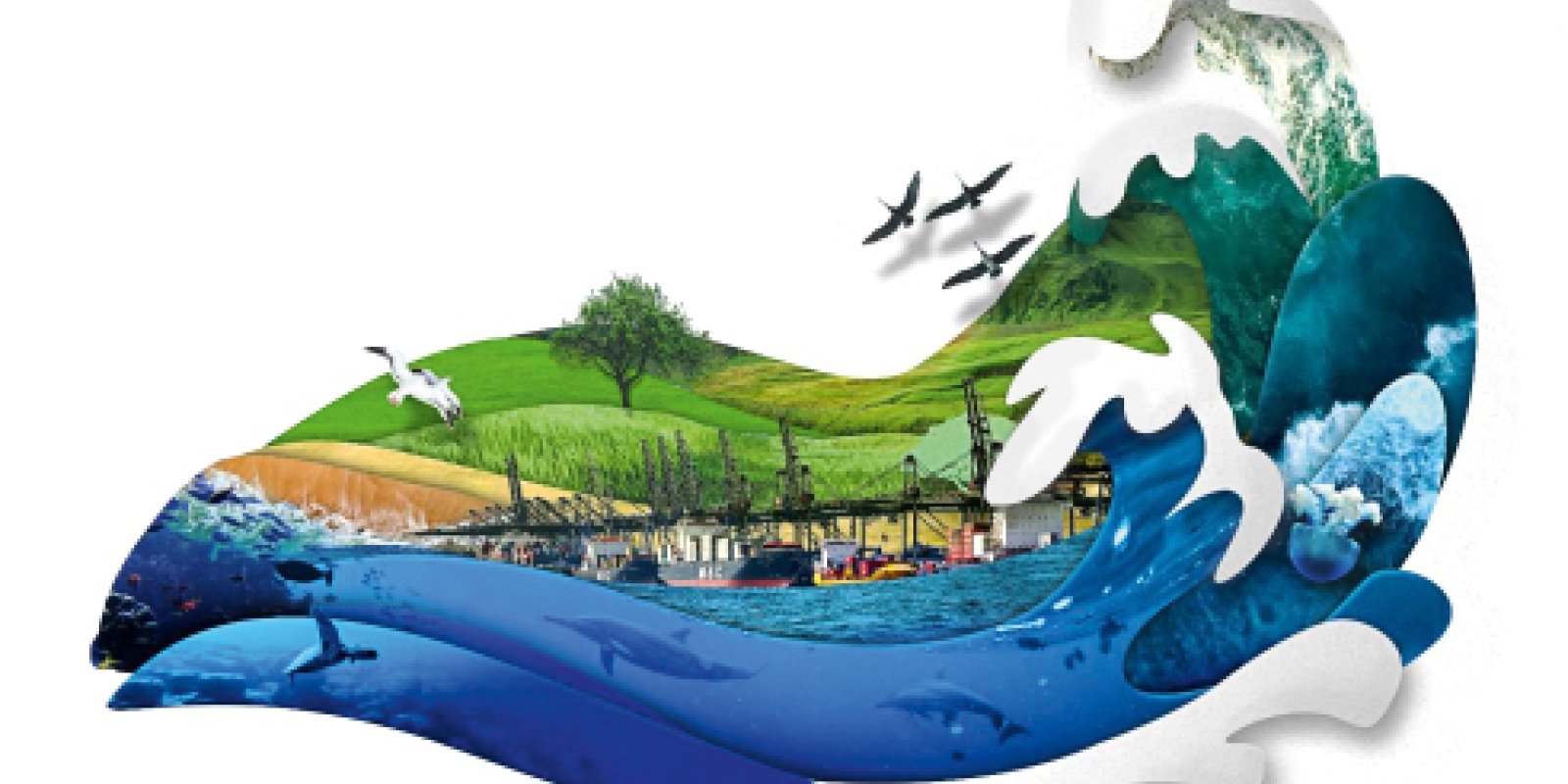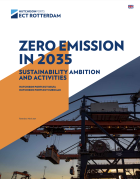
As one of Europe's leading and most advanced container terminal operators, Hutchison Ports ECT Rotterdam (ECT) has an important economic and social position. ECT is aware of the ecological impact of its activities and is committed to protecting the environment and helping to shape the development towards a more sustainable society. ECT reports annually on developments in this area.
ECT endorses in word and deed the ambition of the European and national governments to significantly reduce the carbon footprint of economic activities. ECT has set itself the goal that the ECT Delta and ECT Euromax terminal will operate emission-free by 2035.
ECT has had sustainability high on its agenda for decades. ECT strives to seamlessly integrate sustainability initiatives and activities into its business processes, taking the investment rhythm into account.
For more information, please see the publications below.

